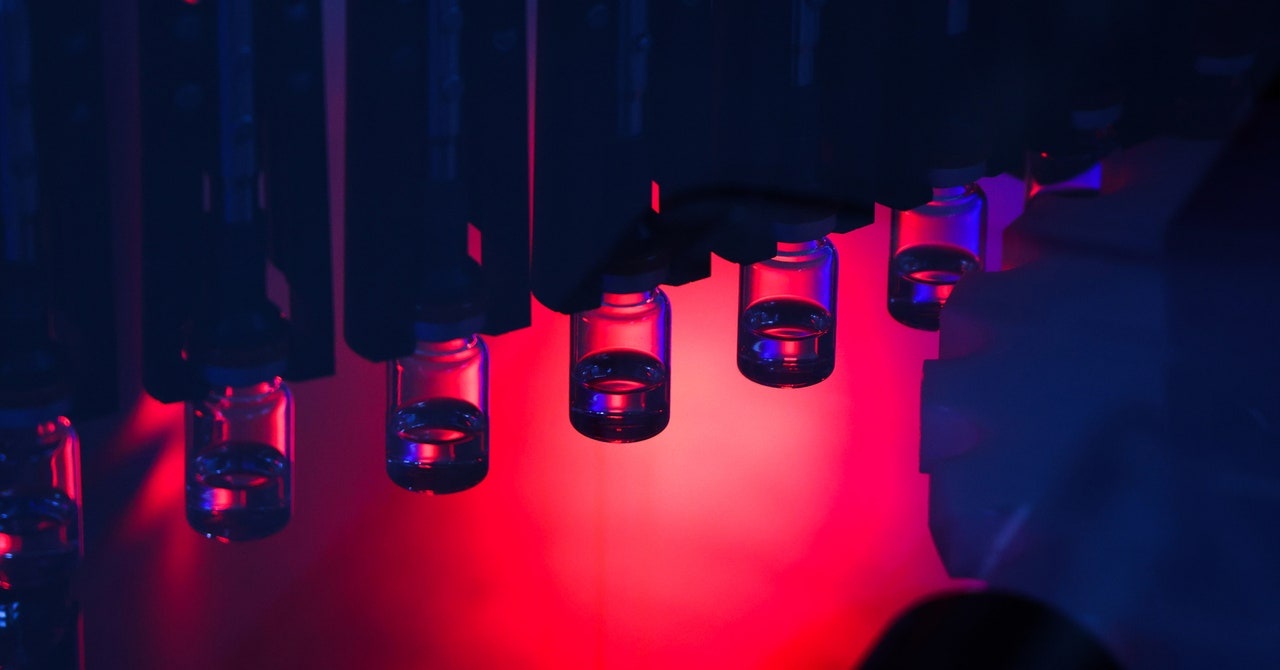
The Covid-19 messenger RNA vaccines are getting an update. The new booster shots rolling out across the US and Europe this week are specifically tailored to currently circulating Omicron variants. Health officials think these will provide better protection against newer versions of SARS-CoV-2 than earlier shots, which were designed to target the virus that was first detected in late 2019.
Since its emergence, the coronavirus has been constantly changing. These mutations have allowed it to spread more easily and to better evade the immune system response provoked by the original vaccines and boosters. Although Omicron and its subvariants are the most transmissible yet, our vaccines have remained the same.
“Basically, we’re trying to catch up with a virus that keeps evolving,” says Ross McKinney, chief scientific officer at the Association of American Medical Colleges. “And although we cannot predict the future, the hope is that the next variant will be an offshoot of BA.4 or BA.5. So having antibodies that protect you against that will be useful.”
Both BA.4 and BA.5 are subvariants of Omicron. As of September 3, BA.5 accounted for an estimated 88.6 percent of all Covid-19 cases in the US, while BA.4 comprised 2.8 percent, according to the Centers for Disease Control and Prevention. A new descendant of BA.4, known as BA.4.6, now represents about 8.4 percent of cases.
Made separately by Moderna and Pfizer, the new US formulations target the ancestral strain of the virus as well as BA.4 and BA.5. Called bivalent vaccines, they contain two pieces of messenger RNA that instruct cells in the body to make the distinctive “spike” protein of the original virus strain and of those two subvariants. The spike proteins of BA.4 and BA.5 are identical, but dozens of mutations in this protein have made it easier for them to slip past disease-fighting antibodies created by previous vaccines or infections, allowing them to get into human cells.
“Over time, the virus has progressively evolved, so it looks less and less like the virus that started in the human population,” says Robert Schooley, professor of infectious diseases at the University of California San Diego School of Medicine. “If our vaccines continue to look like the older variants, we’ll be stimulating the human immune system to recognize those variants, but not the new ones.”
On August 31, the Food and Drug Administration granted emergency authorization for both Moderna’s and Pfizer-BioNTech’s variant-specific boosters. Shortly after, the CDC endorsed the shots for US residents. Meanwhile, the European Medicines Agency and the UK’s health regulator have approved a bivalent version that targets the original virus and BA.1, the Omicron variant that became dominant last winter.
Currently, anyone 12 and older can receive a new bivalent booster if they’ve had an older booster or their primary vaccine series. (That means two doses of the Moderna, Pfizer, AstraZeneca, or Novavax vaccines, or one dose of the Johnson & Johnson vaccine.) The CDC recommends getting the new booster at least two months after a previous vaccine dose. People who have recently had Covid-19 can delay their booster dose by three months from the onset of their symptoms, according to the CDC.


